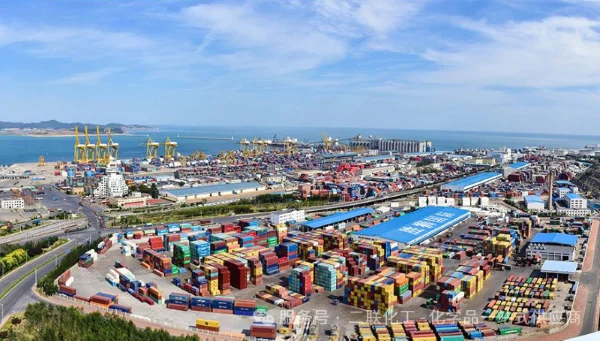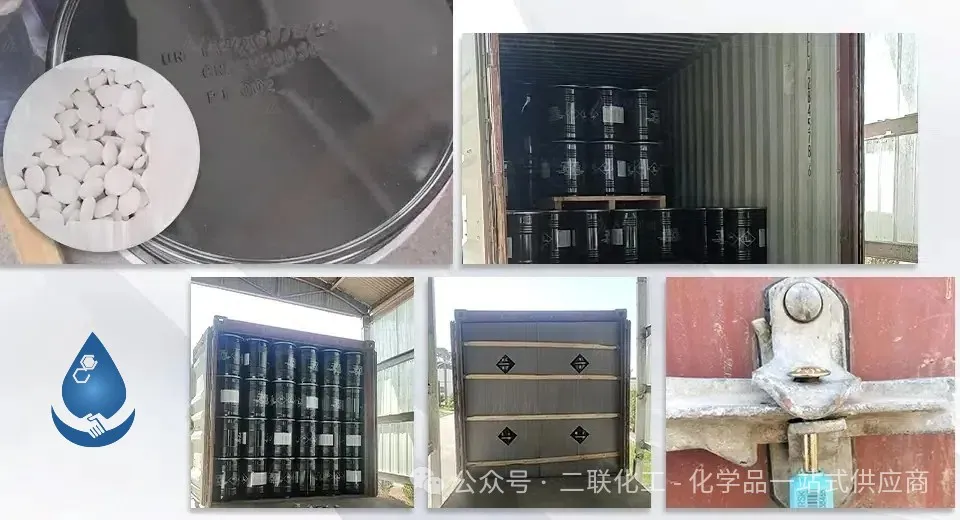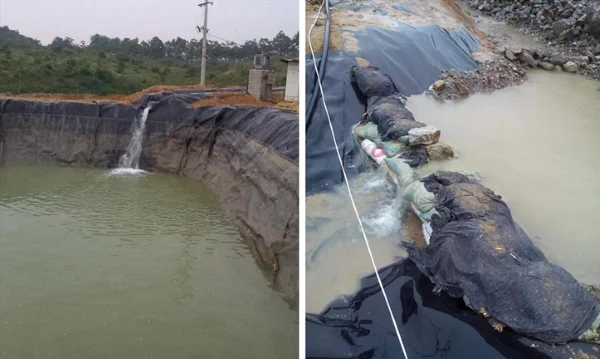
Introduction
Sodium cyanide, a highly toxic chemical, is widely used in industrial fields such as gold mining, electroplating, and organic synthesis. However, due to its serious threats to human health and the environment, countries around the world have implemented strict and detailed regulations on the International Trade of Sodium Cyanide. Understanding these regulations is not only the key to ensuring the smooth progress of trade but also an inevitable requirement for maintaining global ecological security and human well-being.
Characteristics of Sodium Cyanide and Overview of Trade Risks
Sodium cyanide is a white crystalline granule or powder, easily soluble in water, with a faint bitter almond odor. It is extremely toxic. Inhalation, ingestion, or skin contact with a small amount by humans can be fatal, and it can also cause irreversible pollution to the soil and water bodies in the environment. During the international trade process, if the packaging is improper, the transportation is illegal, or the storage is faulty, once a leak occurs, it will trigger disastrous consequences. This is also the fundamental reason why countries attach great importance to the supervision of sodium cyanide trade.
Compliance Requirements in Major Countries and Regions
United States
The United States has a complex and strict regulatory system for the import of Sodium cyanide. Importers must first report the import of relevant chemicals to the U.S. Environmental Protection Agency (EPA) and comply with the provisions of the Toxic Substances Control Act (TSCA), providing detailed product information, including composition, use, production process, etc. In the transportation link, it must comply with the hazardous materials transportation regulations formulated by the U.S. Department of Transportation (DOT). There are clear standards for packaging materials, marking labels, and special Requirements for transportation vehicles. In terms of warehousing, sodium cyanide needs to be stored in specially designed facilities that meet safety specifications and is subject to regular inspections. In addition, importers also need to establish a complete emergency response plan to deal with possible leaks, accidents, and other situations.
European Union
The European Union adheres to a unified and high-standard principle in the trade regulations of sodium cyanide. According to the EU's chemical management regulations (REACH), enterprises exporting sodium cyanide to the EU need to complete the registration process in advance and provide a comprehensive chemical safety data sheet (SDS), covering physical and chemical properties, toxicological data, environmental impact assessment, and other information. In terms of transportation, follow the European Agreement concerning the International Carriage of Dangerous Goods by Road (ADR). There are strict restrictions on transportation vehicles, driver qualifications, and transportation route planning. EU countries also have strict approval processes for the construction and operation of sodium cyanide storage facilities, requiring multiple safety protection measures to prevent leaks and environmental pollution. At the same time, the EU encourages enterprises to adopt safer alternatives to reduce the risks brought by the use of sodium cyanide.
China
As a major producer and user of sodium cyanide, China also implements strict supervision over its international trade. Importing sodium cyanide requires applying for permits from multiple departments such as customs and the emergency management department, providing detailed enterprise qualifications, product uses, safety guarantee measures, and other documents. During the transportation process, strictly implement the "Regulations on the Safety Management of Hazardous Chemicals." Transportation enterprises need to have professional qualifications, and vehicles are equipped with necessary emergency disposal equipment and warning signs. Storage facilities need to meet national safety production standards, implement a two-person, double-lock management system, and accurately record the entry and exit of sodium cyanide. For exports, enterprises need to comply with the regulatory requirements of the importing country and abide by relevant Chinese export control regulations to ensure the legal and safe flow of sodium cyanide.
Other Countries and Regions
Japan implements a strict licensing system for the import of sodium cyanide, requiring importers to prove that they have proper storage, use, and disposal capabilities, and at the same time follow a strict environmental impact assessment process. Australia, on the other hand, controls the trade of sodium cyanide in accordance with the Industrial Chemicals (Import and Export) Act. In the transportation, storage, and other aspects, it emphasizes aligning with international best practices to ensure safety. Due to differences in infrastructure and regulatory capabilities, the requirements for the trade of sodium cyanide in some African countries also vary, but generally, the regulatory efforts are gradually being strengthened to control risks from the source.
Countermeasures and Suggestions
For enterprises engaged in the international trade of sodium cyanide, in - depth research on the regulations of the target market is the primary task. They can form a professional regulatory affairs team or rely on external consulting agencies. Establish a complete quality management system to ensure that all links from procurement, production to transportation and delivery comply with regulatory requirements. Strengthen employee training to enhance safety awareness and operational skills and reduce risks caused by human errors. At the same time, actively explore and adopt safer and more environmentally friendly technologies and alternatives, conform to the global green development trend, and reduce dependence on high - risk chemicals.
Conclusion
The international trade regulations of sodium cyanide are strict and diverse globally. Countries have formulated detailed Compliance requirements based on their own national conditions and safety considerations. Only by comprehensively understanding and strictly following these regulations can trading enterprises achieve the sustainable development of sodium cyanide trade while ensuring safety and jointly protect the global ecological environment and human life and health.
- Random Content
- Hot content
- Hot review content
- Ammonium Chloride 99.5% Mining Collector
- Industrial Acetic Acid 99.5% Colorless Liquid Glacial acetic acid
- Barium carbonate 99% powder
- 2-Hydroxyethyl acrylate (HEA)
- Food grade Antioxidant T501 Antioxidant 264 Antioxidant BHT 99.5%
- Ethyl Methyl Carbonate (EMC) 99%
- What role do mining chemicals play in the mining industry?
- 1Discounted Sodium Cyanide (CAS: 143-33-9) for Mining - High Quality & Competitive Pricing
- 2China's New Regulations on Sodium Cyanide Exports and Guidance for International Buyers
- 3Sodium Cyanide 98% CAS 143-33-9 gold dressing agent Essential for Mining and Chemical Industries
- 4International Cyanide(Sodium cyanide) Management Code - Gold Mine Acceptance Standards
- 5China factory Sulfuric Acid 98%
- 6Anhydrous Oxalic acid 99.6% Industrial Grade
- 7Oxalic acid for mining 99.6%
- 1Sodium Cyanide 98% CAS 143-33-9 gold dressing agent Essential for Mining and Chemical Industries
- 2High Quality 99% Purity of Cyanuric chloride ISO 9001:2005 REACH Verified Producer
- 3Zinc chloride ZnCl2 for High Molecular Weight Polymers Initiator
- 4High Purity · Stable Performance · Higher Recovery — sodium cyanide for modern gold leaching
- 5High Quality Sodium Ferrocyanide / Sodium Hexacyanoferr
- 6Gold Ore Dressing Agent Safe Gold Extracting Agent Replace Sodium Cyanide
- 7Sodium Cyanide 98%+ CAS 143-33-9








Online message consultation
Add comment: